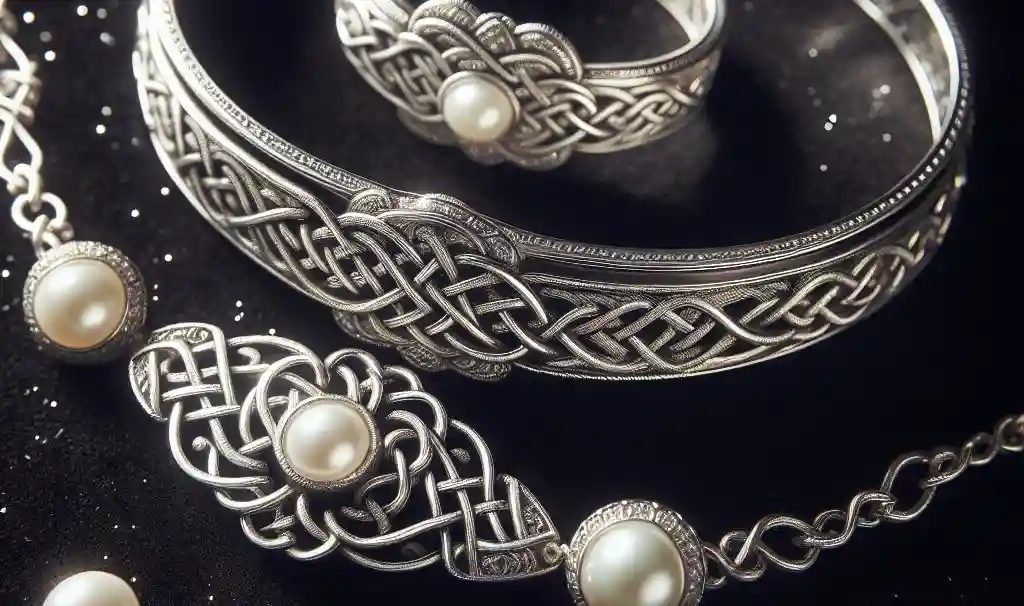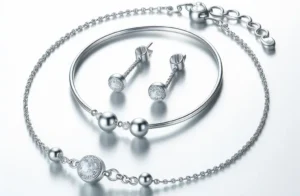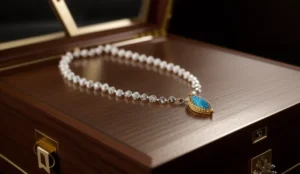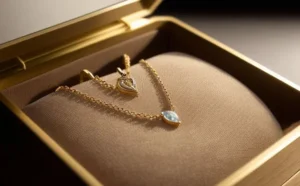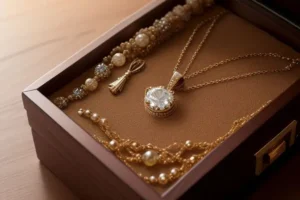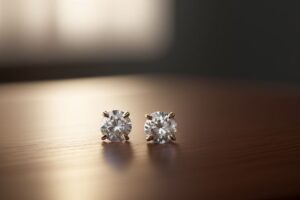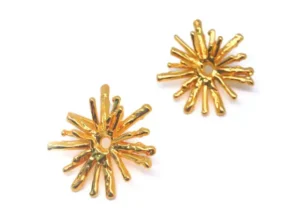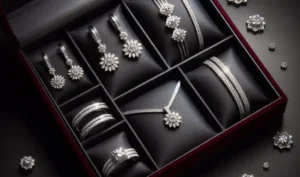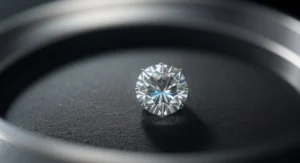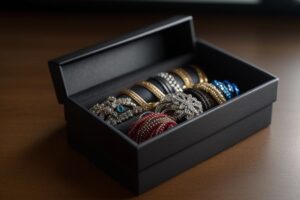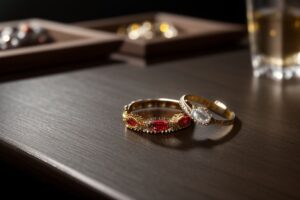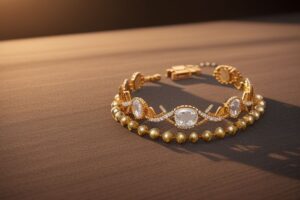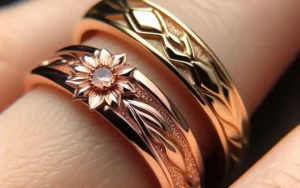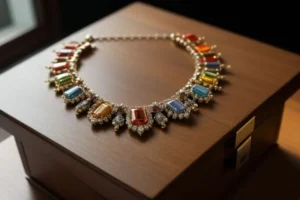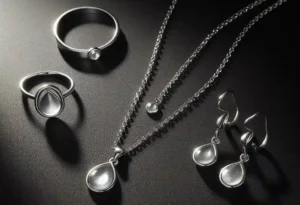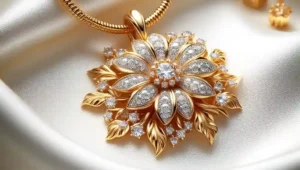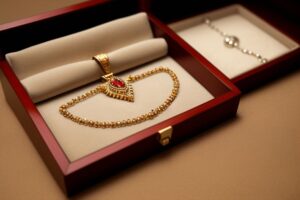Does Silver Set Off Metal Detectors? As you prepare for a flight, you might meticulously plan your outfit to ensure a smooth pass through airport security, pondering the critical question: Will my silver jewelry set off the metal detectors?
This concern isn’t unfounded, given the varying experiences of passengers worldwide.
In this comprehensive blog post, we will dive deep into the interplay between silver jewelry and metal detectors, offering insights, personal anecdotes, and practical advice for those adorned with these precious accessories.
Does Silver Set Off Metal Detectors?
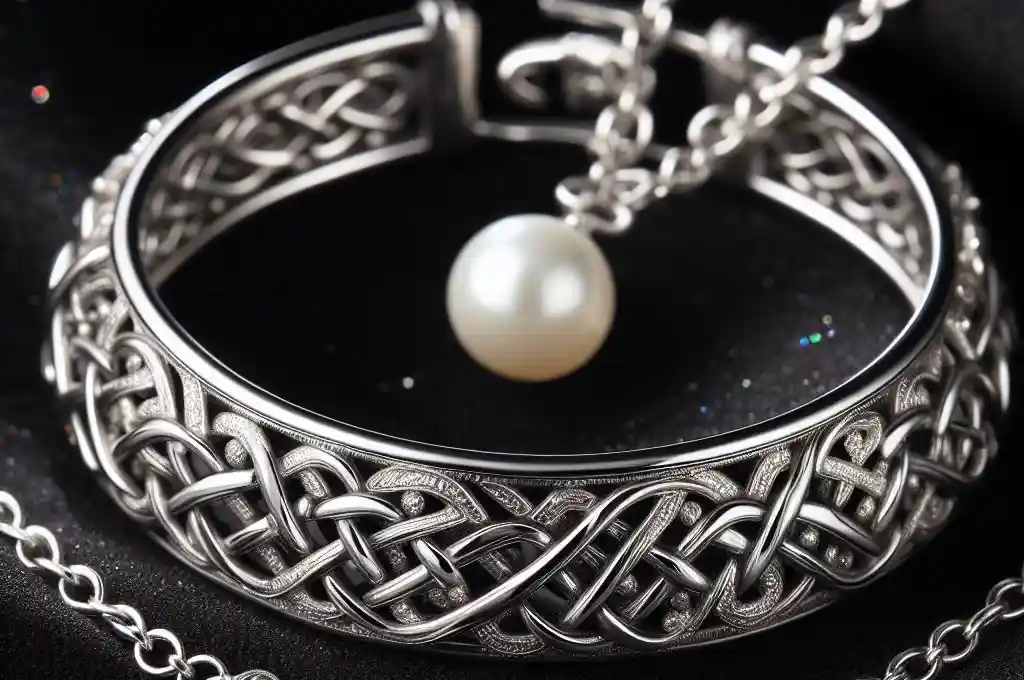
The straightforward answer is yes, silver can set off metal detectors. This is due to its high electrical conductivity, which makes it easily detectable when subjected to the magnetic field generated by these devices. However, whether a particular item of silver jewelry triggers an alarm can depend on various factors.
The sensitivity settings of the metal detector play a crucial role. Airport security detectors are finely tuned to strike a balance, aiming to detect significant security threats while minimizing false alarms from smaller, benign metal objects like jewelry.
The size and design of the silver piece also matter. Larger, bulkier items or a collection of smaller items worn together are more likely to be detected than a single, slender ring or a thin bracelet.
Additionally, the overall metal content of the individual—factoring in all jewelry, accessories, and clothing embellishments—can accumulate to a point where it disrupts the magnetic field enough to set off the detector.
It’s important to note that not all encounters with metal detectors will result in the same outcome for similar items of silver jewelry. Variability in equipment sensitivity from one airport to another and even different security lanes can lead to inconsistent experiences for travelers.
Thus, while silver does have the potential to set off metal detectors, the actual likelihood of this happening during your travels can vary widely based on these contributing factors.
Understanding How Metal Detectors Work
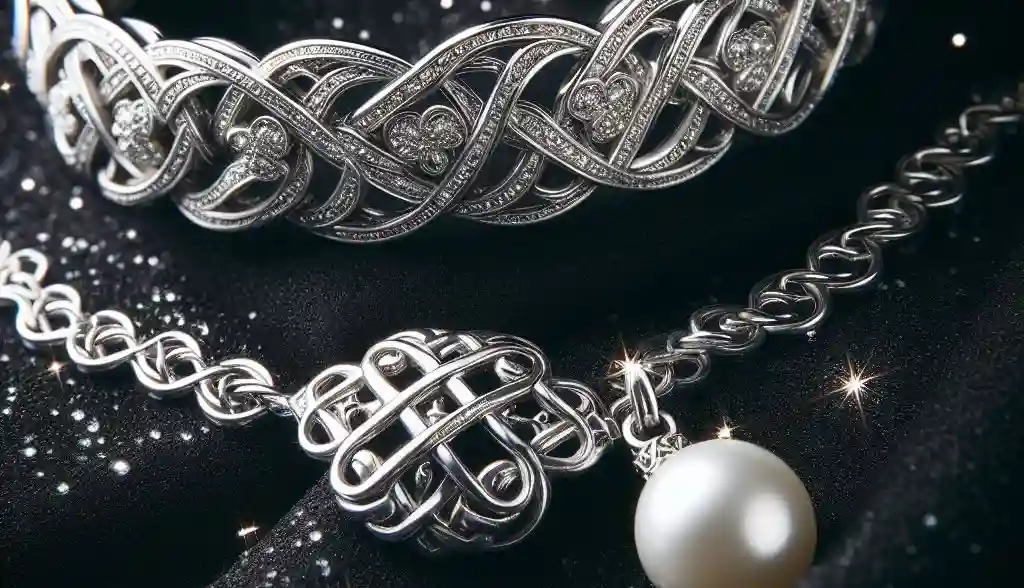
Metal detectors, integral to security checkpoints, function on the principle of electromagnetic induction. At their core, these devices emit a magnetic field into the surrounding area.
When a metal object enters this field, it disturbs the field’s stability, leading to a change in the magnetic flux. This disturbance triggers the detector, causing it to alert security personnel to the presence of metal.
The technology behind metal detectors allows for the differentiation of metals based on their magnetic permeability and electrical conductivity. Metals like silver, known for their high electrical conductivity, are particularly susceptible to detection due to the significant disruption they cause in the magnetic field.
This sensitivity to changes in conductivity enables metal detectors to not only signal the presence of a metal object but, in more advanced systems, also give an indication of the type of metal detected.
Walk-through metal detectors, such as those found in airports, are engineered with a balance in mind. They must be sensitive enough to detect potential security threats while designed to minimize false alarms that could be triggered by benign metallic objects carried by passengers.
This balance is achieved through adjustable sensitivity settings, which can be calibrated according to the security requirements of a particular venue or situation, thus affecting the likelihood of different types of metal, including silver jewelry, triggering an alarm.
The Conductivity of Silver and Its Detection
Silver stands out in the realm of metals for its exceptional electrical conductivity, a characteristic that makes it highly responsive to the workings of metal detectors.
This unique property means that even modest quantities of silver, such as those found in commonly worn jewelry items like rings or bracelets, can be sufficient to alter the magnetic field of a detector.
The principle of electromagnetic induction, upon which these security devices operate, allows them to detect such disturbances. When silver, with its notable conductivity, enters this magnetic field, it can cause a noticeable shift, signaling the device to the presence of metal.
This sensitivity, however, does not guarantee that every silver accessory will trigger an alarm. The specific design and quantity of the silver item, alongside the calibration of the detector itself, influence the likelihood of detection.
For instance, a delicate silver chain may pass unnoticed in one scenario, while a larger, more intricate silver necklace might prompt an alert in another. The variability lies in how metal detectors are set to differentiate between potential security risks and benign metallic objects based on their disruption of the electromagnetic field.
Consequently, travelers with silver jewelry might experience differing outcomes at security checkpoints, reflecting the nuanced interplay between the inherent conductivity of silver and the sophisticated technology designed to scrutinize it.
Factors That Influence Whether Silver Sets Off Metal Detectors
When contemplating whether your silver jewelry will trip the alarms at security checkpoints, several key factors come into play. The most critical element is the volume of metal you’re wearing. A solitary, slender silver ring might pass unnoticed, but an assortment of silver bangles could easily catch the attention of the detector.
Sensitivity settings of the metal detector significantly impact this as well; detectors fine-tuned to be highly sensitive are more prone to picking up smaller amounts of metal. It’s also crucial to consider the combined effect of all metallic items you’re carrying.
An ensemble of silver jewelry, when added to other metal accessories like belt buckles or metal-studded shoes, might aggregate to a detectable level of metal. The nature of the jewelry itself is another consideration. Pure silver pieces are more likely to set off alarms compared to silver-plated items or those with lower silver content.
These variables underscore the unpredictable nature of passing through metal detectors with silver jewelry, highlighting the importance of being mindful about the type and amount of metal you adorn before approaching a security checkpoint.
Personal Experiences with Silver Jewelry and Security
Travelers’ experiences with silver jewelry at airport security checkpoints are as varied as the designs of the jewelry itself. Some individuals recount stories of walking through metal detectors adorned with multiple pieces of silver jewelry without so much as a second glance from security personnel.
On the other end of the spectrum, there are those who have faced the inconvenience of removing even a single, modest silver ring. These contrasting accounts shed light on the unpredictable nature of metal detection practices across various airports.
One traveler shared a particularly memorable experience of wearing a hefty silver necklace, fully expecting to be stopped; surprisingly, they passed through without issue.
Conversely, another recounted a time when a simple silver bracelet necessitated its removal and a separate screening. Such anecdotes underscore not just the variability in metal detector sensitivities but also the different approaches of security staff at different airports.
These stories serve as practical reminders to be prepared for a range of outcomes when wearing silver jewelry to an airport. They illustrate that while there’s a science behind why and how silver sets off metal detectors, the real-world application of this technology can lead to a broad spectrum of experiences.
Tips for Traveling with Silver Jewelry
When planning to pass through airport security with silver jewelry, there are several strategies you can adopt to minimize the chance of setting off alarms and streamline your experience. Firstly, consider the type and amount of jewelry you decide to wear.
Opting for smaller, less complex pieces can reduce the likelihood of detection. If you’re attached to certain items that you prefer not to remove, prepare by bringing along a small, secure container or bag where you can safely store your jewelry if asked to do so by security personnel.
This preparation can significantly speed up the process, allowing you to collect your items quickly after passing through.
Another useful tip is to choose your outfit and accessories with airport security in mind. This might mean temporarily swapping out silver for materials that are typically less likely to trigger metal detectors, such as plastic or wood, for the duration of your travel.
If you have jewelry that is particularly bulky or has a significant amount of metal, it might be worth removing these items ahead of time and placing them in your carry-on luggage to be screened separately.
Communicating with airport security personnel can also be beneficial. If you’re wearing a piece of jewelry that’s challenging to remove, such as a silver bracelet or anklet that clasps tightly, politely inform the security staff before you walk through the metal detector. They may provide instructions or allow you to go through additional screening without removing the item.
By following these guidelines, you can navigate airport security more efficiently while keeping your cherished silver jewelry safe and sound.
The Future of Airport Security and Jewelry
As airport security technology evolves, there’s a promising outlook for those concerned about navigating checkpoints with silver jewelry. Innovations aimed at refining metal detection are on the horizon, with a focus on distinguishing more precisely between potential threats and benign objects like jewelry.
This refinement could result in systems that are adept at ignoring small quantities of non-threatening metals, making the passage through security less cumbersome for travelers adorned in silver.
One of the advancements in the pipeline involves the integration of artificial intelligence (AI) and machine learning algorithms into detection systems. These technologies have the potential to analyze the specific characteristics of detected metals more accurately, thereby reducing the likelihood of false positives triggered by jewelry.
Additionally, the development of more advanced body scanners, which provide a clearer distinction of objects on the person, might further streamline the process.
These technological strides suggest a future where the inconvenience of removing jewelry at airport security could become less frequent. However, it’s important for travelers to stay abreast of changes in security protocols and technology upgrades at airports.
Keeping informed not only aids in preparation but also in navigating the evolving landscape of airport security with greater ease, ensuring that the journey with treasured silver accessories remains as smooth as possible.
The Verdict: Navigating Airport Security with Silver Jewelry
Navigating airport security with silver jewelry doesn’t have to be a daunting task. Armed with the right knowledge and strategies, travelers can significantly reduce the chances of their jewelry setting off metal detectors. Firstly, it’s essential to be mindful of the amount and type of silver jewelry you choose to wear.
Opting for simpler, smaller pieces can decrease detection likelihood. Preparation plays a crucial role; consider using a secure container or bag to quickly store your jewelry if necessary, streamlining the process at security checkpoints. Adjusting your travel attire to include less metallic accessories can further minimize complications.
Understanding that sensitivity settings of metal detectors vary and that the combined metal content of your attire influences detection can help set realistic expectations. In situations where jewelry removal might be challenging, communicating with security personnel beforehand can lead to smoother screenings.
While silver’s conductivity inherently makes it detectable, adopting these proactive measures allows for a more efficient and less intrusive security experience.
Remember, the variability of metal detector sensitivities and airport security protocols means experiences can differ, but being prepared can help navigate these uncertainties more effectively.
FAQs
Q: Can I wear my silver jewelry through airport security, or should I remove it beforehand?
A: It’s generally advisable to wear less or simpler silver jewelry to minimize the risk of setting off metal detectors. However, if you choose to wear it, be prepared to remove and securely store your items if necessary.
Q: Will all silver jewelry set off metal detectors at airports?
A: Not necessarily. The likelihood depends on the sensitivity of the metal detector, the size and design of the jewelry, and the total amount of metal you’re carrying. Smaller or simpler pieces may not trigger an alarm.
Q: What should I do if I’m wearing a piece of silver jewelry that’s difficult to remove?
A: Inform the security personnel before you go through the metal detector. They might allow you to go through additional screening without removing the item.
Q: Are airport security metal detectors calibrated differently at various airports?
A: Yes, sensitivity settings can vary between different airports and even different security lanes within the same airport, leading to inconsistent experiences for travelers.
Q: Is there a way to travel with silver jewelry without it causing delays at security?
A: Packing larger or more complex pieces in your carry-on luggage for separate screening and opting for less metallic travel attire can help streamline your experience at security checkpoints.

